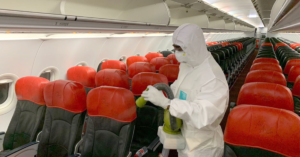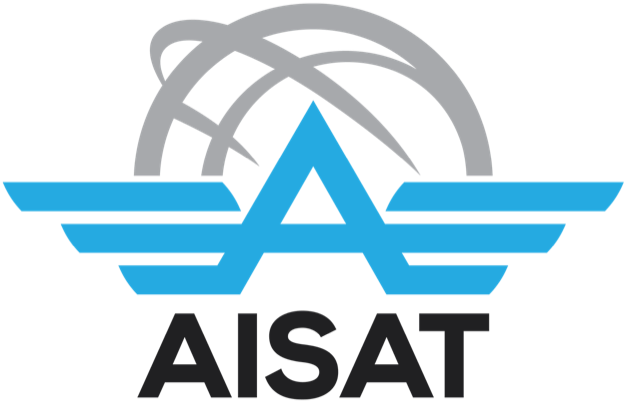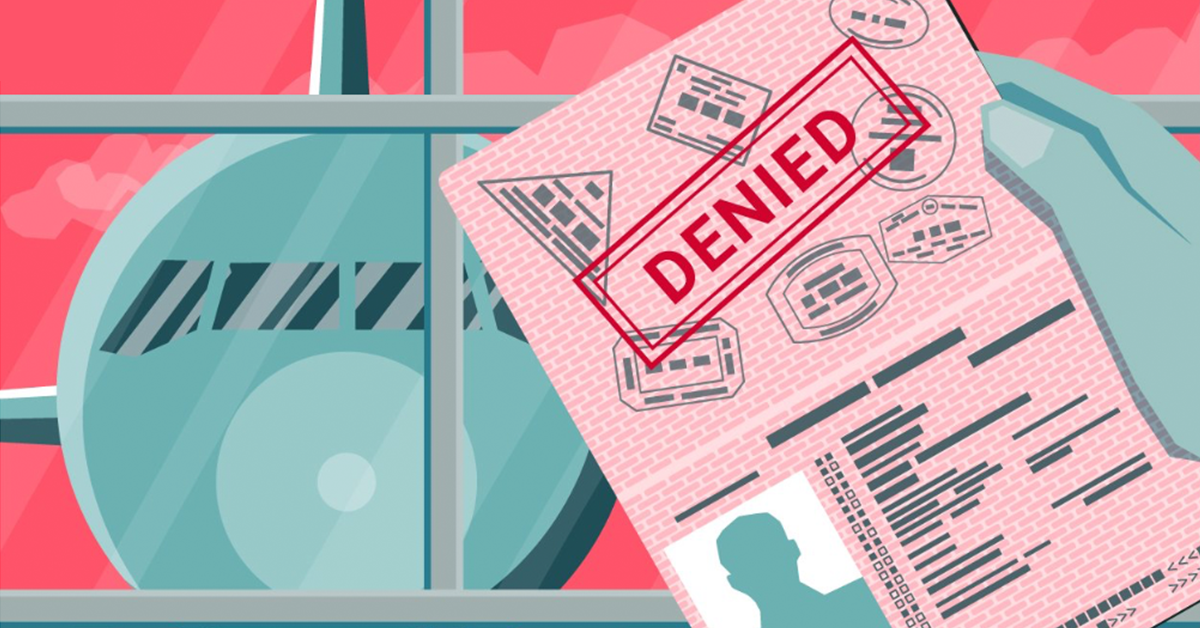August 30, 2020
by: Kimberly Deaño
“To travel is to live”, a famous quote by Hans Christian Andersen denoting that we should relax and have fun once in a while. It reminds us that we should be out in the open and enjoy life to its fullest while we still can.
BUT, what will we do if an unknown enemy pops out of nowhere threatening the safety of our loved ones and the whole world? An invisible foe has taken its way jeopardizing our lives suddenly and menacingly.
The aviation industry is one of the integral parts of the economy that provides transportation for passengers and cargo to different areas in the world making it the best freight a person would want to ride especially for tourists, business owners, and professionals. As the COVID-19 outbreak affects one country to another, travel becomes restricted, flights are canceled, cargos are delayed, and airports are locked down for safety purposes.
It’s undeniable that many businesses have closed due to the COVID-19 pandemic and one of them is the airline industry. The impact of the virus has taken its toll on employers laying-off thousands of employees and declaration of bankruptcy from airline operators to repair stations and aircraft manufacturers. Flight cancellations also played a big part in this matter due to travel restraints and refunds for canceled flights, though some airline companies offered vouchers extending to the year 2022. Hence, with the ongoing flight limitation, air cargo was expected to increase its expenditure charge and transportation delay of goods. The loss of passengers did not only affect the aviation industry but also the reproduction of aircraft and its parts which were lessened and suspended, the working hours were shortened, workers were laid off and/or had a major salary cut, while other employers temporarily stopped hiring. Revenues of these aircraft companies drastically decreased with the aviation industry plummeting. General Aviation (GA) also postponed its operations along with the temporary closure of airports.
It is heavily implied that airfare served as one of the major causes of the spread of the virus around the world. A carrier of the virus can transmit it from one person to another by the production of water droplets through sneezing, coughing, and then touching surfaces. In terms of prevention of the COVID-19 spread, isolation of positive cases and persons under monitoring is usually the protocol. Face masks, face shields, alcohols or sanitizers, and tissues are a must and physical distancing of at least one meter is needed to avoid the contamination of COVID-19. Personal protective equipment is essential to frontliners and crewmembers in addition to using disposable face masks and gloves with proper sanitation and disinfecting surfaces to neutralize the spread of the virus.

Despite all the commotion caused by COVID-19, the aviation sector is still fighting to survive this time of plague. Even in this situation, humanity is there in everyone’s hearts helping each other through it all. Regardless of the continuous problem, aircraft operators lend their freight offering to give supplies on locations that are secluded where it can only be accessed by helicopters or airplanes.
With the new normal taking effect, airline operations are slowly moving forward implementing the safety guidelines presented by the Inter-Agency Task Force (IATF) in the Philippines. The first wave of passengers is composed of OFWs and locally stranded individuals. Therefore, strict health protocols are required for the safety of everybody especially for persons coming from the epicenter of the disease. Heightened alerts are observed in every entry of the country. Officials and frontliners are requesting individuals to coordinate with them and expect them to follow the implementation of the new normal safety guidelines.
As of the moment, aviation is coping up with the loss of its resources and income, keeping their pace delicately slow and careful. Hoping one day, once again, aviation will ascend towards the sky positively.

